Adapting Our Food System to a Changing Climate
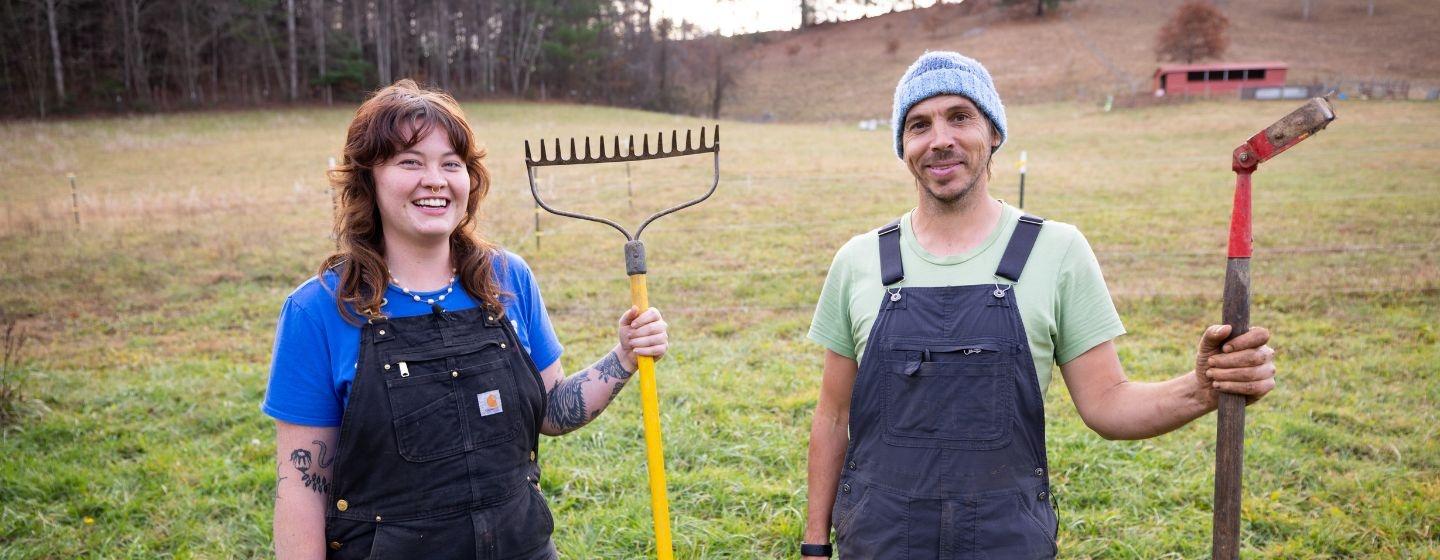

If you ask Chris Smith, executive director of the Utopian Seed Project, to describe the climate of the Southeast, he hesitates to give one answer.
“It’s this enormous piece of land. So even to compare farming practices within the Southeast is fairly challenging because you get into the Deep South, and it’s a totally different experience to farming in western North Carolina, where we’re in the mountains,” he explains.
Even across North Carolina, he says, there’s a big difference between farming in the mountains, in the piedmont and on the coast.
But there are some common experiences in farming across the South: higher heat and humidity, plus pests and pathogens that are more aggressive due to the climate. And as that climate changes, Chris believes our food system needs to adapt.
“I fully believe and know that we need to do everything we can to fight climate change in terms of mitigation strategies,” he says. “But it would be foolish to think that we’re not going somewhere a little bit more challenging and a little more climate-chaotic in the very near future. And so how do we adapt to that, and how do we have a food system that’s got a high amount of adaptive capacity to deal with some of these challenges that we’re going to face?”
The Utopian Seed Project is a nonprofit in western North Carolina that works to increase diversity in our food and farming systems while building community among and connection between farmers, chefs and consumers. It grows crops at two sites: one in Leicester that’s part of Franny’s Farm and a second plot 10 minutes away at a community farm at the Southern Appalachian Highlands Conservancy.
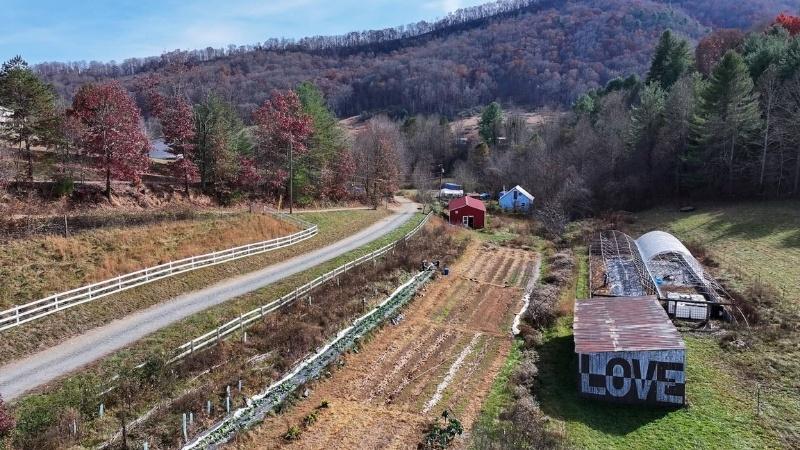
At these sites, the group grows trial crops, including unique varieties of Southern staples like corn, sorghum, okra and collards. Their collard patch was sown with seeds from 21 heirloom varieties that they grew and taste-tested with chefs. They didn’t initially plan on saving the seeds as the genetics of each collard plant were mixed with other varieties in the patch from cross-pollination. In the spring, however, after warm temperatures suddenly plummeted to 8 degrees Fahrenheit, Chris came back to the farm expecting to find a pile of mushy leaves but was met with a surprise instead.
“When I got here, it was kind of like mush, mush, mush, beautiful green plants, mush, beautiful green plants,” he shares. “And I saw that type of pattern amongst all of the 21 varieties that we’d grown in that trial.”
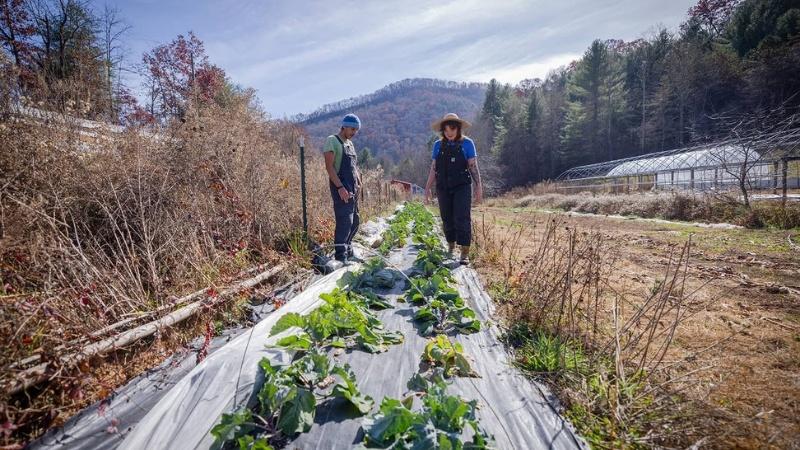
Chris says it was clear that the plants that survived had some genetic difference that allowed them to weather the temperature plunge. So, the decision was made to keep the survivors in the ground until they flowered and went to seed, since their genetics would intercross with each other naturally as pollinators visited the patch.
The result after three years of gathering seed from these collards and resowing them and allowing them to mix again has been dubbed “Ultracross” collards. The Utopian Seed Project has been planting this variety pack of collard seeds and letting them recross with each other for years now.
As the collards grow each year, the population is being shaped by the regional climate. Extreme heat or extreme cold negatively impacts less hardy plants; they either die or are removed from the plot by Chris and farm manager Leeza Chen to keep the less hardy genetics from continuing to the next population.
The result is a collection of increasingly resilient, regionally adapted collard varieties, with an added bonus of visual variety in the plants. Walking through a bed of Ultracross collards, you’ll see a mix of leaf shapes and colors. Chris has seen these collards kickstart seed-saving adventures for many growers.
“We’ve had farmers say, ‘I really want to save from the purple-leafed ones, I really love the yellow cabbage collards because they’re so tender and sweet,’” he explains. “This diversity within a single packet is what gives us the basis to make regional or personal selections to start adapting these plants in a certain direction.”
For Chris, it’s exciting to see how sharing seeds from the Ultracross collard plot has inspired people to engage with crop diversity.
“I think seed preservation is important and has its place, but what this real diverse population seems to have done is almost empower or engage or inspire or excite people to go, ‘My gosh, there is so much diversity,’” he shares. “It’s fun to grow one packet of seed and every plant will be totally genetically different, and then go into the garden or the field and see all that diversity.”
Every vegetable you eat starts as a seed, but very few of these seeds are produced in the South, which has its own unique climate.
“I don’t think the Southern farmer feels always seen by what’s being offered in the larger [seed] catalogs,” Leeza says. “I’ve even talked to a lot of people at seed companies that are like, ‘Farmers are always asking me, will this do well in the South?’”
Chris says a lot of the questions we ask of our local food systems often aren’t asked of our seed system.
“People generally, I think, just don’t think about it or recognize it because you can just walk into Lowe’s or Home Depot and buy a packet of seeds for like 99 cents without even questioning where those seeds were grown or what quality conditions they were growing in, who grew them,” Chris says.
“All these questions that I think are asked of the food system,” he continues, “aren’t asked of the seed system. But they are as important, if not more important, because that seed is the genetic, cultural, tiny, little miraculous package of information that informs everything that’s going to happen on the farm from that point forward.”
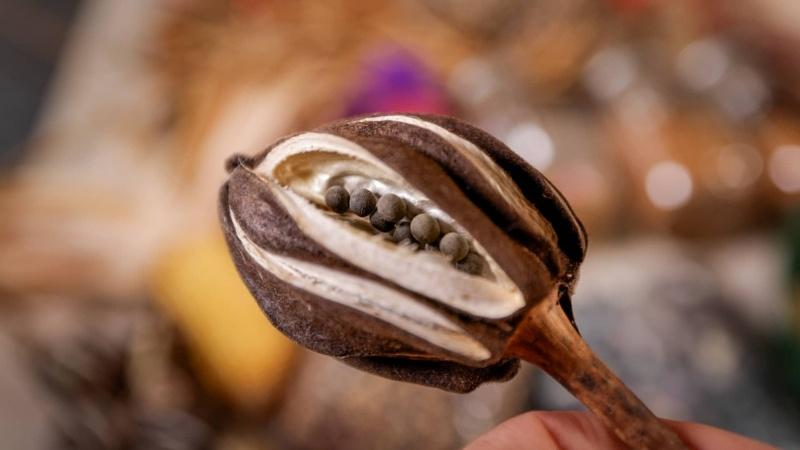
As climate change brings more weather extremes, our food system is vulnerable if we rely on crops that aren’t grown to withstand these conditions.
“For farmers, if they’re buying seed that is always coming from somewhere very far away, then those plants show up here in the South and it’s a very different climate,” Leeza explains. “I’ve been talking to more local seed savers and people that have kind of committed to saving their own seed on farm. And a lot of them will tell you that they see their yields go up a lot when they start saving their own seed. I think year after year, when the plant knows where it’s from, it gives it the chance to adapt to this place.”
Chris and Leeza explain that as they identified crop varieties they wanted to produce for farmers, they quickly realized they didn’t have the space or capacity to grow enough to produce and distribute the seeds themselves.
“There are seed-saving traditions in the Southeast, so there’s potential to lean into this,” Chris says. “But we don’t have the advocacy, the resources, the information, the funding to go into developing regional farmers.”
So he and Leeza formed a regional collective of farmers that wanted to grow seeds called the Appalachian Seed Growers Collective.
“We realized that in order for there to be more seed growers in this area, there’s a couple of barriers that they come up against. Equipment is a really big one,” Leeza shares. “There’s a big difference between doing everything by hand, and having a few simple machines can help you scale up a lot.”
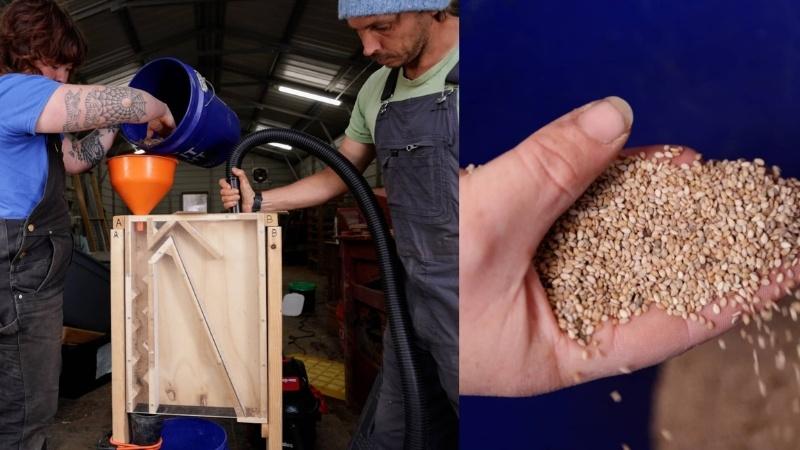
Expertise is another barrier that the collective hopes to overcome by giving farmers a space to come together and share what they know about saving seeds in the South.
“A lot of the seed-saving information that’s out there is not necessarily tailored super well for our region,” Leeza says.
Humidity is one of the main challenges to saving seeds in our Southern climate because mold and mildew can threaten seed viability.
“When you grow a seed crop, you probably started investing in that in May maybe, and you’re not going to get your return until November,” Leeza explains. “So to pull a seed at the wrong time, you might lose a year’s worth of work. It just feels really good to be in community and be able to talk about that.”
Climate change means more heat and humidity, so another part of the Utopian Seed Project’s work is introducing tropical food crops that are well established in other regions and food systems to the south to see if they’re feasible to grow here.
“What crops could be grown here that aren’t currently grown at any scale?” he explains.
One of the crops they’re seeing a lot of success with is taro, a tropical plant with big heart-shaped leaves and tuberous roots that grow underground. The leaves and roots can be used in cooking to make everything from chips to donuts.
“Anything you do with a potato, you can do with taro,” Chris shares. “You can chip it, you can mash it, you can definitely fry it. It’s kind of like a starchy, white-fleshed tuber.”
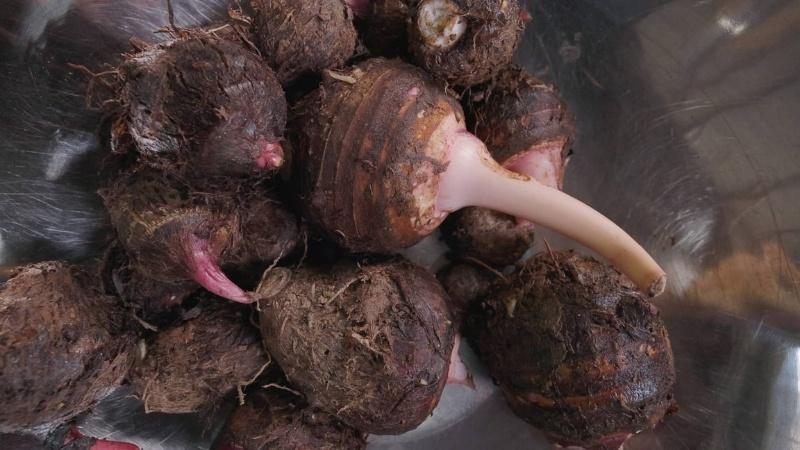
Chris says a lot of people are surprised to learn that tropical crops like taro could be a viable part of the local food system.
“For the large part, I think it’s because people have never asked the question,” he muses. “So [for] the Utopian Seed Project, sometimes it’s just like open-minded curiosity. ‘That sounds cool, can we grow that here?’”
Not every crop is successful, but that’s what the Utopian Seed Project is hoping to determine so they can help farmers decide what they should try to grow.
“Sometimes it’s an epic fail, sometimes it’s marginal and we keep working with it and need to find the right variety,” he says. “And some crops like taro, we’re like, ‘Wow, that grows really productively here and really could have a place in the food system.’”
Other promising tropical crops that the Utopian Seed Project is experimenting with include chayote, cassava, ube and yacón, a tuber with a crispness and apple-like flavor that can be used sliced or cooked down into a powder or syrup as a sweetener.
Discovering new food crops and varieties is a big part of introducing them to our local food system. Chris, however, recognized early on the importance of moving those crops from the field to people’s plates.
“We could easily persuade a farmer to grow taro, but if they don’t have somebody to buy it, then they’re not going to grow it again because they’ll be annoyed at me,” he explains.
Chefs are excited about the new crops Chris is bringing to them, but he knows that to make it on to menus, farmers need to produce enough quantity.
“The very first question is, ‘Where can I buy 50 pounds of this every week to put on my menu?’ And we’re like, ‘Bugger, we’ve got to go back to the farmer.’ So we’re always doing this kind of juggling act,” he says.
Regular “Trial to Table” events organized by the Utopian Seed Project across the state encourage chefs to experiment with new ingredients and share them with the public. Chef J Chong, a private chef in Asheville, was part of a recent event and appreciates what the Utopian Seed Project is doing within the local food scene.
“I think what he’s [Chris] doing is challenging us, which is great,” she says. “We’re going to make it enticing to the public because we’re going to cook it. But he’s already done the work to grow it, to bring it to us.”
For a recent Trial to Table event, Chef J made a sorghum congee (a type of porridge) with taro incorporated into minced pork and fried as a chip on top. Bright red chili oil and tiny popped kernels of sorghum dotted the top of the dish like mini popcorn. Eric Morris from Cultura, a restaurant in Asheville, used yacón for that same event to make an apple pie-like dessert paired with a bright purple ice cream that got its color from a unique variety of sweet potato the Utopian Seed Project grew.
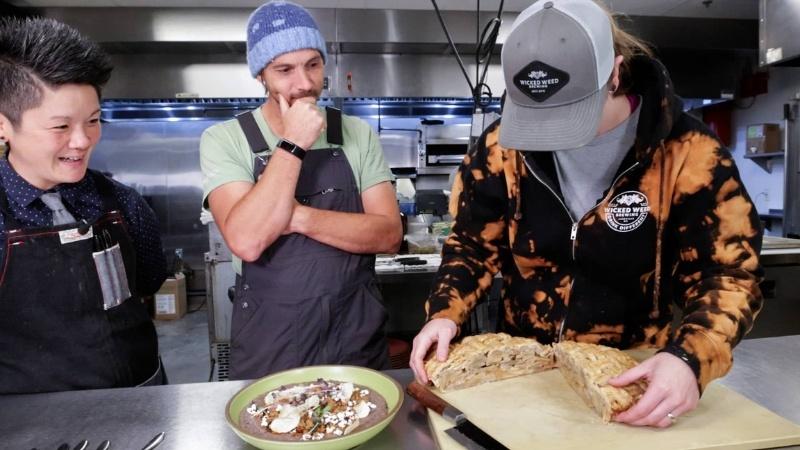
By increasing consumer and chef awareness of these options, Chris hopes to build a market for them that farmers can engage with.
“The challenge with agriculture is it kind of, kind of moves slowly, and we have to shift everything at the same time,” he says. “How do we get it out there? How do we make farmers grow it and have chefs and consumers want it? And some of it’s literally just an awareness campaign.”
Chris’ end goal is for the Utopian Seed Project to fade into the background as these new crops are adopted by the farm and food system.
“What we think about is maybe in five years’ time, maybe in ten years’ time, we can imagine a food system where some of these crops, like taro or yacón, are being grown by farmers, sold in farmers markets. Maybe they’ve made them into the co-ops. Chefs are buying them,” he imagines. “You see them on menus. People are sharing recipes on social media, and nobody even talks about the Utopian Seed Project.”
“Once these crops are autonomously adopted into the food system and just have a life of their own, then we can be like, ‘We’ve done it, job good, let’s move on to the next crop,’” he says. “And that’s what we’re really trying to push towards.”
With climate change comes more weather extremes that threaten our vulnerable food system. Discover how the Utopian Seed Project in western North Carolina is building more climate resilience for North Carolina by selecting crop varieties adapted to our changing climate and introducing hardy tropical staples to farmers and chefs in the region.
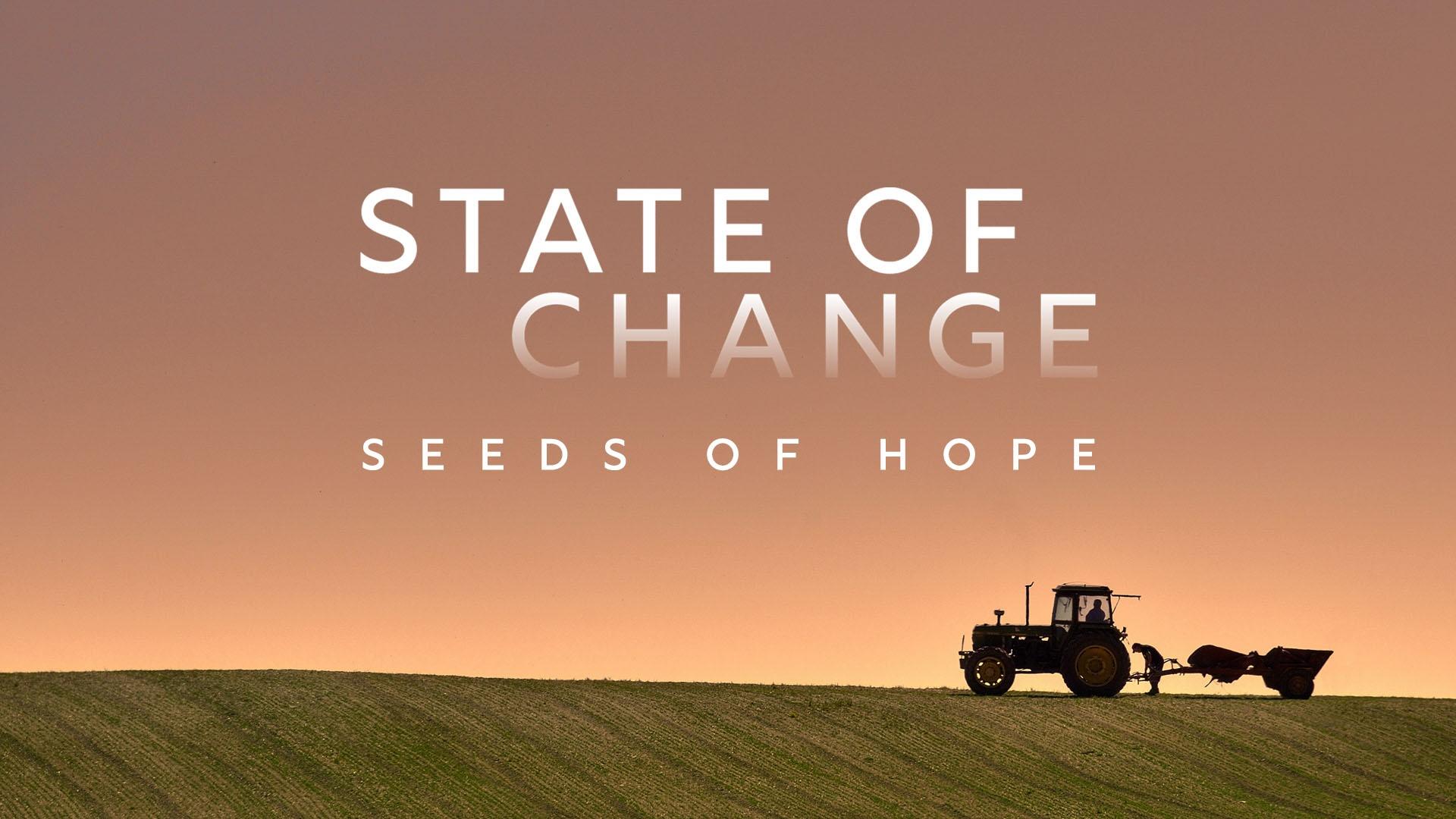
Meet the North Carolinians who are adapting to our changing climate in new and inspiring ways. From conserving land and growing food that’s tolerant of extreme conditions to using farmland to produce both crops and solar energy, these innovators are facing the challenges of climate change with perseverance and ingenuity.
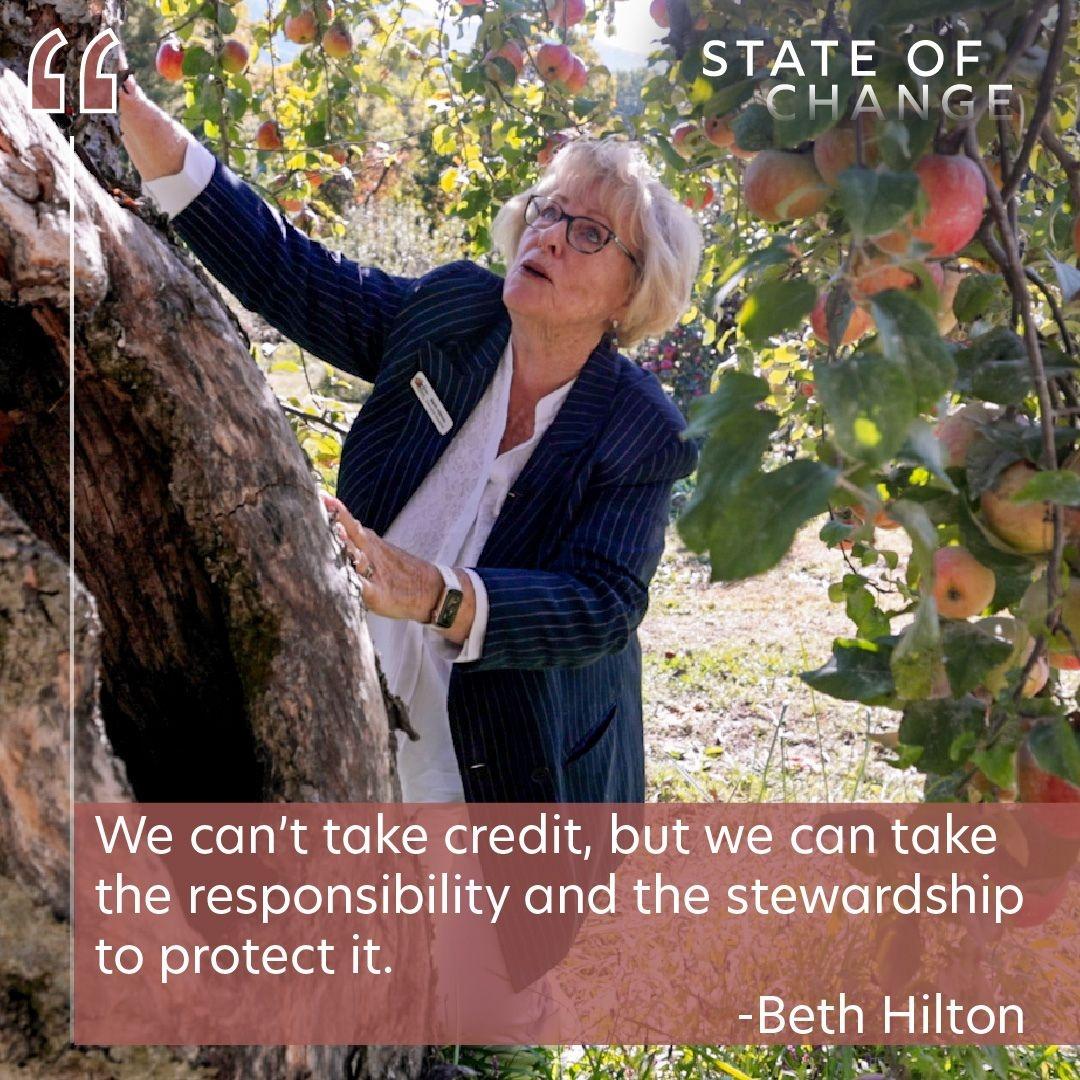
The Conservation Trust for NC and the Historic Orchard at Altapass work to strengthen climate resiliency along the Blue Ridge Parkway through land conservation.

Coastal farmers in Hyde County work to keep their land productive in the face of saltwater intrusion.
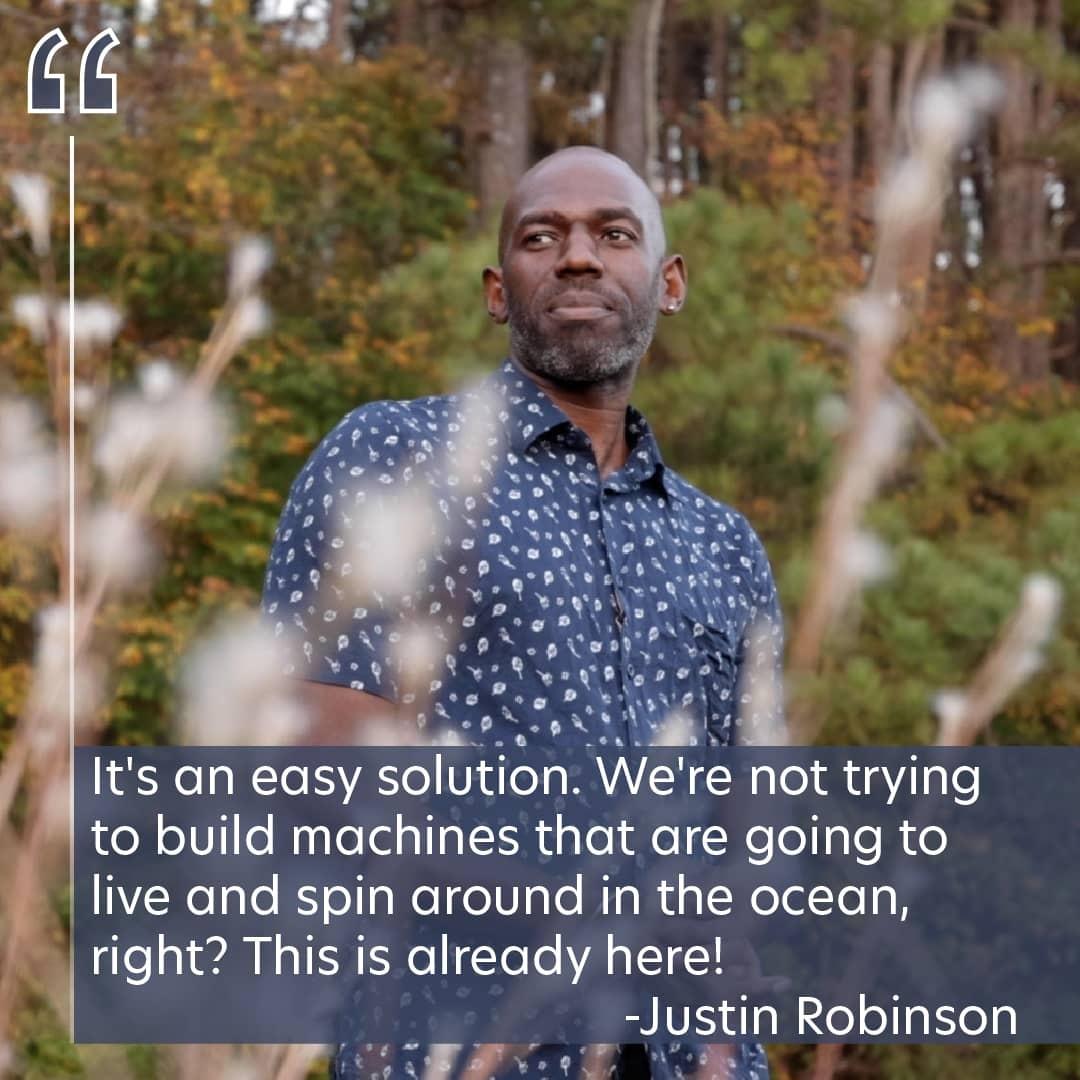
The low-maintenance plants of the Piedmont Prairie have a superpower: they store carbon deep underground.
STREAM ANYTIME, ANYWHERE
